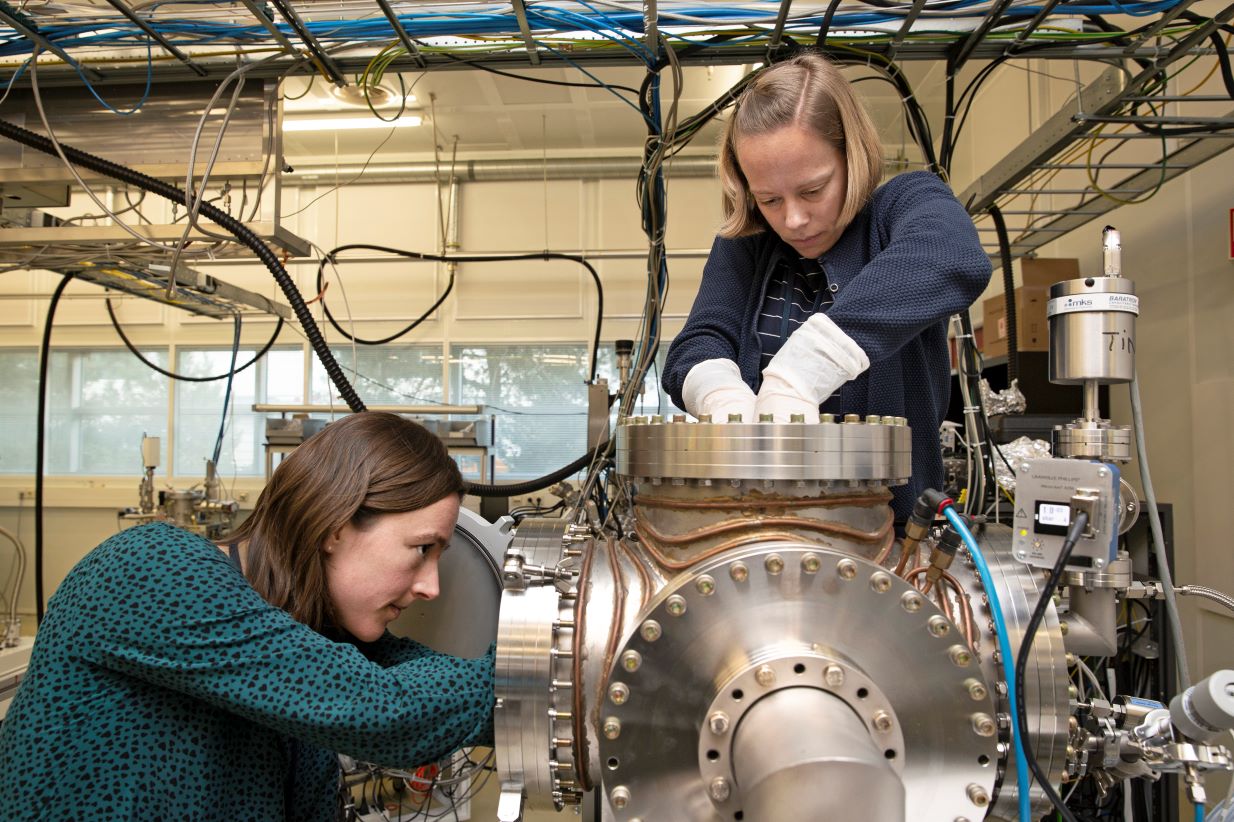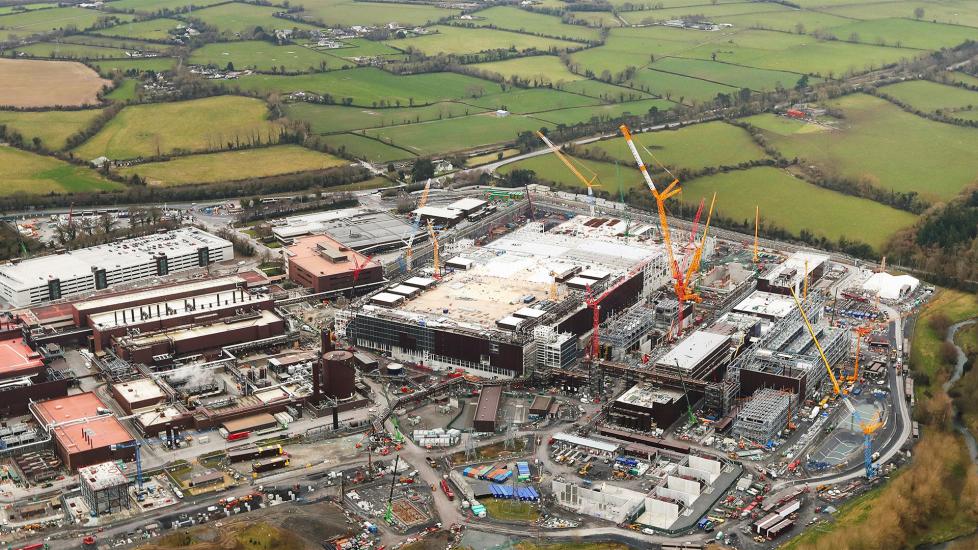
"We're working closely with the equipment vendors. Many of them use Intel FPGAs..."
It sounded a little bit like a threat. It clearly wasn't meant to be.
More, perhaps, a promise to help.
Intel CEO Pat Kelsinger suggested the company was pulling all available levers across its relationships to grow production capacity this year however -- and said the chipmaker was working "very aggressively" with semiconductor plant equipment companies as it aims to continue expanding amid strong demand.
Intel spent just one sixth of its allocated capital budget for 2022 in its first quarter amid supply chain constraints. Intel's Q1 capex was just over $4.5 billion. The company has a $27 billion net capex target for the year.
Follow The Stack on LinkedIn
There's a lot of spending to be done if it wants to hit that target -- and meet the world's colossal demand for semiconductors, which spans almost every industry vertical. (Global semiconductor industry sales hit $50.7 billion in January 2022 alone and $151.7 billion during Q1 of 2022, up 23.0% over the first quarter of 2021.)
Broad industry supply chain pressures amid strict Covid measures in China and the disruption caused by the war in Ukraine are not making that easy. Pressed by analysts on Intel's Q1 earnings call on whether, as a result, it will able to deliver ambitious growth plans -- amid a chip shortage that cost the US economy alone $240 billion last year, Gelsinger said challenges across foundry capacity and tool availability will last "until at least 2024".
Pat Gelsinger vows "aggressive build-out of our capital network"

The Intel CEO said : "We are working very aggressively with the equipment companies. We have deep, strong, long-term relationships there... Many of them use Intel FPGAs. So we're working closely to make sure that we prioritize that piece of the demand to support them in that requirement. And clearly, some of the '23 and '24 equipment goals are ones that we're working on aggressively right now, but we do feel comfortable that we have the supply chain lined up to meet our equipment objectives and really importantly, to meet the factory ramp cycles that we've laid out for the marketplace as we're opening up the new factories like we just announced.
"Our Oregon fab coming online. We're starting to take equipment now into our Ireland [site]. We'll soon be doing that for our Israel fab ramp, we'll be groundbreaking on Ohio later this year. We'll be talking more about the German fab. So one by one, we're just executing on an aggressive build-out of our capital network and really quite pleased with the relationship that we have with the equipment companies to make that possible."
He added on April 28: "That said, there definitely is some pressure on the equipment supply chain."
ASML now has a €29 billion order backlog...

The CEO of ASML, the Dutch lithography giant (the tools of which underpin the world's high-end chip making fabs) said on April 20: "We continue to see unprecedented customer demand across all market segments from both advanced and mature nodes, driving demand across our entire product portfolio.
"We are running at maximum capacity and expect demand to exceed supply well into next year... significant bookings over the past several quarters, [have resulted] in a backlog of around €29 billion... all-time high. We expect the strong order intake to continue as demand will continue to exceed supply also going well into next year. With multiple countries pursuing technological sovereignty, we are now seeing a number of announcements from customers for new fabs in the coming years in support of this global trend", CEO Peter Winnink noted.
Sumco Corp, a major silicon wafer supplier meanwhile, has sold out its entire production capacity through to 2026, according to a report by Bloomberg earlier this year. (Silicon wafers are the fundamental building material for the majority of semiconductors. The highly engineered thin disks are produced in diameters of up to 12" and serve as the substrate material on which most semiconductor chips are fabricated. Worldwide silicon wafer area shipments in Q1 of 2022 passed Q3 2021's previous record to reach 3,679 million square inches.)
Gelsinger concluded: "I continue to believe we are just at the beginning of a long-term growth cycle across semiconductors. We continue to see some match set limitations in areas like ethernet, some softening in low-end consumer PC, and some inventory adjustments, as we discussed on our last call. Demand signals from customers continue to be robust in areas like enterprise, cloud, AI, graphics, and networking [however].

Semiconductors are the fuel of innovation and transformation across a wide range of industries.
In the data center, Intel's new flagship Ponte Vecchio GPU for high-performance computing and AI is now sampling to customers, he addded, and "Arctic Sound, our general-purpose data center GPU designed for industry-leading media graphics and AI inference capabilities, will be available in the second half of the year."
Yet while data centres and the cloud continue to drive huge demand, the future of seminconductor demand, suggested Intel CEO Pat Gelsinger, was elsewhere: "Going forward, the scale-out of 5G, the explosion of AI inferencing, and the growth of low latency workloads will further drive the need for compute at the edge. They will eventually begin to shift compute from the cloud, making the edge the next wave of semiconductor growth."
